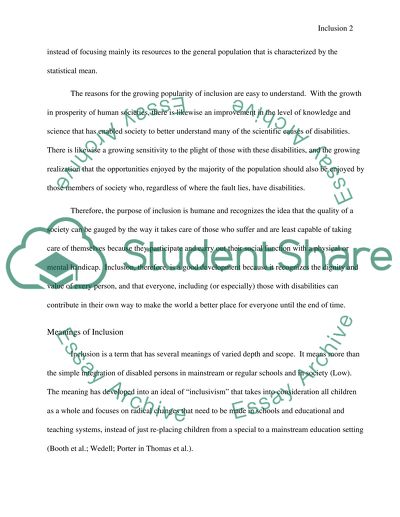Cite this document
(“Inclusion Essay Example | Topics and Well Written Essays - 1000 words - 1”, n.d.)
Inclusion Essay Example | Topics and Well Written Essays - 1000 words - 1. Retrieved from https://studentshare.org/miscellaneous/1500233-inclusion
Inclusion Essay Example | Topics and Well Written Essays - 1000 words - 1. Retrieved from https://studentshare.org/miscellaneous/1500233-inclusion
(Inclusion Essay Example | Topics and Well Written Essays - 1000 Words - 1)
Inclusion Essay Example | Topics and Well Written Essays - 1000 Words - 1. https://studentshare.org/miscellaneous/1500233-inclusion.
Inclusion Essay Example | Topics and Well Written Essays - 1000 Words - 1. https://studentshare.org/miscellaneous/1500233-inclusion.
“Inclusion Essay Example | Topics and Well Written Essays - 1000 Words - 1”, n.d. https://studentshare.org/miscellaneous/1500233-inclusion.


